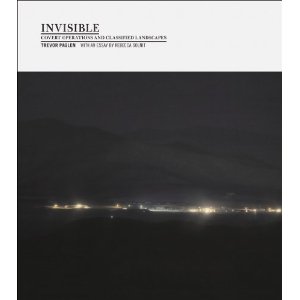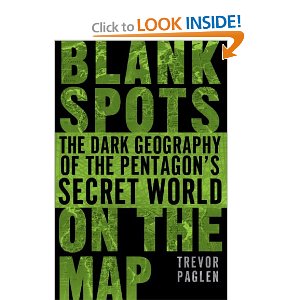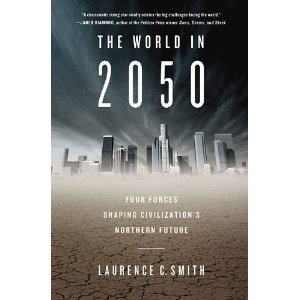
Covert Operations and Classified Landscapes is Trevor Paglen's long-awaited first photographic monograph. Social scientist, artist, writer and provocateur, Paglen has been exploring the secret activities of the U.S. military and intelligence agencies–the “black world”–for the last eight years, publishing, speaking and making astonishing photographs. As an artist, Paglen is interested in the idea of photography as truth-telling, but his pictures often stop short of traditional ideas of documentation. In the series Limit Telephotography, for example, he employs high-end optical systems to photograph top-secret governmental sites; and in The Other Night Sky, he uses the data of amateur satellite watchers to track and photograph classified spacecraft in Earth's orbit. In other works Paglen transforms documents such as passports, flight data and aliases of CIA operatives into art objects. Rebecca Solnit contributes a searing essay that traces this history of clandestine military activity on the American landscape.

Blank Spots: According to Trevor Paglen, a geographer by trade, this black world can bounded by adroit compilation of blank areas on official maps, deleted passages from official documents, and acute observations of restricted areas and activities. Well he has certainly done a very thorough job of it. He begins with the secret and unacknowledged government test sites scattered throughout the country, but especially in the South Western U.S. that actually employ an astonishingly large number military and civilian workers yet still are literarily off the map. He subsequently tackles such arcane topics as black operations, black funding, and a host of other unacknowledged, often denied, U.S. activities including questionable and even illegal programs and operations. Perhaps the most discouraging information he provides is how easily it is for officials of the black world to hoodwink congress and the media, both nominal guards against government excesses. Certainly the most astonishing thing he reveals is that the black world in total may employ as many as 4 million military and civilians who carry secret or higher clearances. The fact that this many people can be involved and yet so many black activities remain completely off the gird is pretty scary in itself. This reviewer has tremendous respect for the academic discipline of geography. It combines some of the best features of social and physical science and perhaps is the most effective system for understanding the phenomenon of Globalization. Some 60 years ago one branch of geography that was called “cultural geography” sought to describe the relationship between societies and the environment in which they lived. The term may no longer be used, but Paglen is a cultural geographer in the best sense of the term. [Retired Reader]

I Could Tell You But Then You Would Have to be Destroyed by Me: Emblems from the Pentagon's Black World
Shown here for the first time, these sixty patches reveal a secret world of military imagery and jargon, where classified projects are known by peculiar names (“Goat Suckers,” “None of Your Fucking Business,” “Tastes Like Chicken”) and illustrated with occult symbols and ridiculous cartoons. Although the actual projects represented here (such as the notorious Area 51) are classified, these patches—which are worn by military units working on classified missions—are precisely photographed, strangely hinting at a world about which little is known.
By submitting hundreds of Freedom of Information requests, the author has also assembled an extensive and readable guide to the patches included here, making this volume one of the best available surveys of the military’s black world—a $27 billion industry that has quietly grown by almost 50 percent since 9/11.

Since 9/11, the CIA has quietly kidnapped more than a hundred people and detained them at prisons throughout the world. It is called ”extraordinary rendition,” and it is part of the largest U.S. clandestine operation since the end of the Cold War.
They find that nearly five years after 9/11, the kidnappings have not stopped. On the contrary, the rendition program has been formalized, colluding with the military when necessary, and constantly changing its cover to remain hidden from sight.
“Shows just how far two guys without any highplaced government contacts can go in blowing open a story of global import.” — The San Francisco Chronicle
“The cool, almost dispassionate tone…. makes their book all the more disturbing.” — The Washington Examiner
“The logistics of torture, and the public's role in the brutal business…. the book excels at filling in blanks.” — TIME OUT Chicago
“The real thing… and not on the evening news. Go figure.” — New York Times










